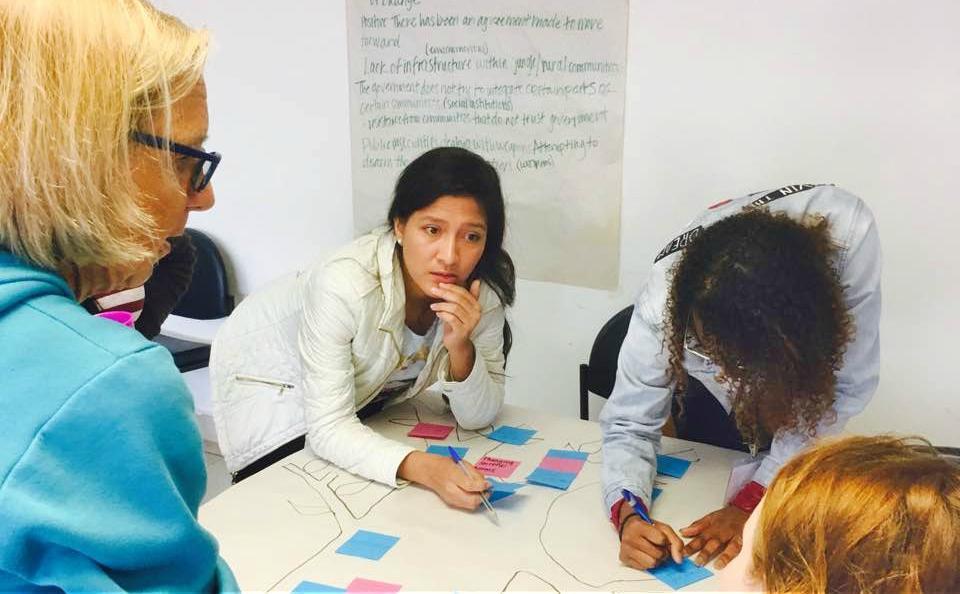
QUITO, Ecuador—In academia, the study of peace often falls inside the field of political science. For many observers and practitioners alike, the notion that politics can be described as a science may seem laughable. An artform, perhaps, in the best cases, yet an undoubtedly messy one: more Pollock than Donald Judd. If universal truths are discoverable there, the path to peace and justice today remain heavily obscured.
Complicating the image of peace studies is that fact that it is typically described as a wing, or sub-sect, of “security studies,” with that language’s baggage of shell-shocked soldiers and scorched armored vehicles. Security is typically understood as walls, division, a supposed peace held with a gun. With all of this to contend with, the study of the resolution of conflict is further complicated by debates over what it intends to accomplish.
Language is key here. Stopping direct violence is obviously a key aspect of peace. The noise of guns makes conversation more difficult. But is mediation and resolution of conflict enough? Is all conflict bad? We can stop the guns yet strand us inside a status quo that guarantees future strife, with large (or small) parts of a population still politically oppressed and robbed of power.
In Ecuador, we have spent our last two days mapping the causes and expressions of violent conflict.
I’ve been posting a bit of this experience on my Facebook page.
Those I have studied with at St. Mary’s University in San Antonio tend to prefer the term “conflict transformation,” and that is the language of the three-week training I’m on now. Ultimately, we want to not merely end violence or deescalate tensions. Some tensions, to be frank, are good tensions to have. Injustice should be resisted. What “transformation” implies is that we are also working for the escalation of constructive change.
We seek to reduce not only direct violence, but also cultural and structural violence.
We want positive peace, which Johan Galtung insists includes “cooperation for mutual and equal benefit.”
Sustainable peace based upon justice begins in the construction of our societies and our politics. And the root of that is in our individual aspirations and demands for a world founded in justice. And that also requires the elimination of violence against our children.
Below Omar Rodriguez, director of Cemproc- Ecuador talks about the widespread structural violence in the Ecuadorian school system and how he brings the skills of nonviolence communication into those schools and trains children as “peace promoters.”








